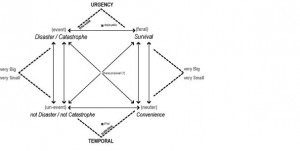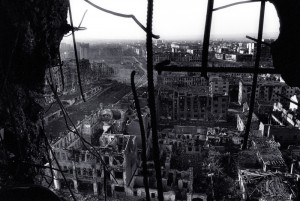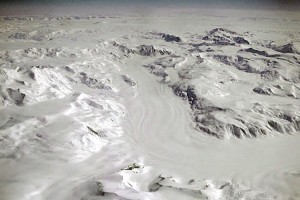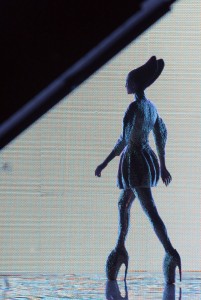



Towards Research Phase 1
[Included below is record of sketched notes and potential ideas through Week Two.]
Being born in the late 80’s, my life is seemingly marked by architecture’s collapse. The Berlin Wall. The WTC. The House. And with the ever present news cycle and scrolling ticker, it could be considered that we live now in a perpetual state of catastrophe.
With his Pritzker Prize speech in 2000, Rem Koolhaas suggests that “the rest of the world has already liberated architecture for us” from brick and mortar. It is time to speculate about compelling and immediate new issues.
To my mind, there is a point at which a catastrophe / disaster renders useless what architecture can do. Architecture’s slowness undermines its effectiveness. (However, for me, the slowness of architecture is its strength — where as “deployable” almost becomes too fast…)
[Guiding line from Cloud-Reassembly brief: “Ultimately all is flow. When sped up, flow often becomes event.” ]
Levels of Engagement / Levels of Contingency: The Search for a “Catastrophe” / “Disaster”
[Original List is shortened by details but maintained to only chosen articles for continued potential research]
1. Storefronts / Retail Environments: Considered as an architecture created by people through use. (Prada Store with interactive screens / displays hung between clothes on racks, where runway shows, information about the garment, etc is offered to the client. )
2. Informal Environments
3. *Scenario Building: (Inspiration. Plato’s Atlantis, Spring 2010 Alexander McQueen. Created to cast an apocalyptic forecast of the future ecological meltdown of the world. With mankind returning to the sea. What would that look like… No catastrophe actually occurred. This is a then-if. Inspiration.)
4. Identified Catastrophes & Disasters (Earthquakes, Floods, Climactic, Extinction, Terrorism, Economic, Food Production, War, etc. In no particular order.) (Also “triggers”. The small things that set off the unimaginable, the assassination of Franz Ferdinand…)
5. Living Disaster / Present Disaster / Past Disaster (Pripyat, Chernobyl. Chechnya. Even Grozny means fearsome. And the events more recent…)
6. Collective Efforts / Collective Speeds (Berlin Wall, was put up overnight and now pieces are sold on Ebay. The Tower of Babel. All we build are babels, our most sophisticated worlds turn off with a switch.)
7. *Disaster Environments [Extreme Environments] (Antarctica as a site. a desert. Flows -time- become abstracted, almost poetic…darkness and light, the migration of animals, freeze and thaw, the harshness of the climate, material processes, material realities, etc.)
On the side– Google Maps (Mapping Techniques) Interesting article posted and relisted here from archinect about Google and how they create their maps. http://www.theatlantic.com/technology/archive/12/09/how-google-builds-its-maps-and-what-it-means-for-the-future-of-well-everything/261913/
Robbed and adjusted diagram from Rosalind Krauss, on the dumb side…but still an attempt to illustrate position…
For Week 3, documentation will focus on reviewed movies, additional texts, and the situationists. In addition to thinking about a less irritating title organization for these posts. (And yes, I need to site the selected images…)
